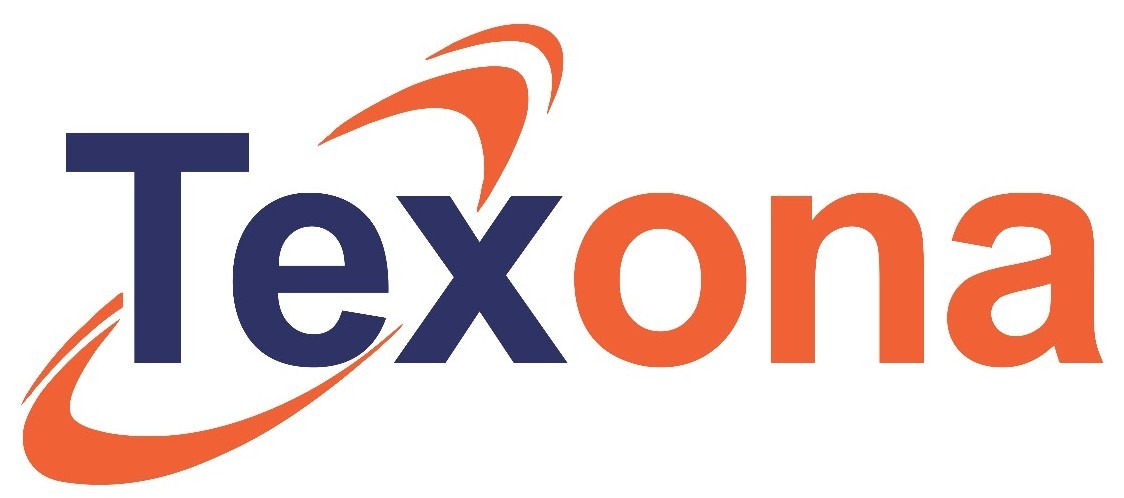
IT service management — often referred to as ITSM — is simply how IT teams manage the end-to-end delivery of IT services to customers. This includes all the processes and activities to design, create, deliver, and support IT services.
ITSM processes
As mentioned above, IT Service Management is simply how IT teams manage the delivery of IT services to customers. A team’s approach to ITSM can be structured to align with ITIL practices and influenced by DevOps concepts.
An IT service enables access to information and processes to accomplish important business goals or otherwise provide value. IT services include the deployment and support of enterprise applications, such as Exchange Server; architecting and optimizing IT infrastructure such as storage, networking and cloud resources; and the creation and management of processes such as help desk support and troubleshooting procedures. IT teams must create, deploy, manage, optimize and potentially retire each service, with input from the business. Each service can have an associated service-level agreement, which codifies performance and availability expectations and the ramifications if the service falls below these expectations.
An IT service enables access to information and processes to accomplish important business goals or otherwise provide value. IT services include the deployment and support of enterprise applications, such as Exchange Server; architecting and optimizing IT infrastructure such as storage, networking and cloud resources; and the creation and management of processes such as help desk support and troubleshooting procedures. IT teams must create, deploy, manage, optimize and potentially retire each service, with input from the business. Each service can have an associated service-level agreement, which codifies performance and availability expectations and the ramifications if the service falls below these expectations.
ITSM processes
To manage IT services, organizations must control the service’s capabilities, how it performs, changes to it and what happens when it experiences problems. These processes fall under several main categories, primarily defined by ITIL, but appearing in various forms in other ITSM frameworks.
We’ve found some of the most common benefits of ITSM to include:
Managed IT Services for Small Business.
- Aligning IT teams with business priorities tracked through success metrics.
- Enabling cross-department collaboration
- Bringing IT teams and development teams together through streamlined project management approaches
- Empowering IT teams to share knowledge and continuously improve
- Improving request coordination for more efficient service
- Promoting customer-centricity with self-service and better processes
- Responding more quickly to major incidents, and preventing future ones
TISPL Offering ITMS Services
- Service Request Management Services
- IT Asset Management Solutions.
- Incident Management Support & Service.
- ITMS Knowledge Management.
- Corporate Enterprise Service Management.
